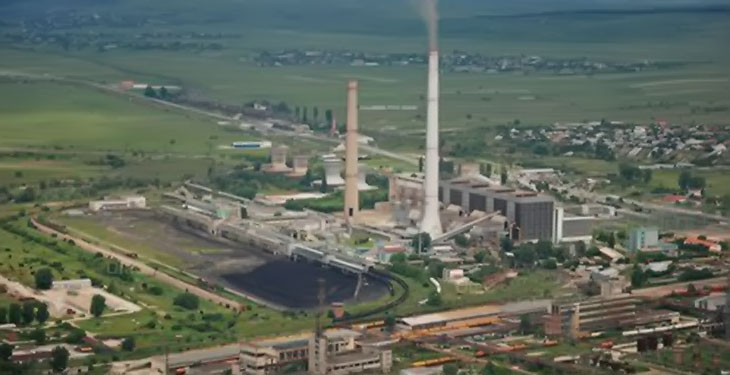Bogdan Tudorache
EC Oltenia officials responded to Greenpeace’s claims that emissions will increase by 28% in the period 2020-2030, following the installation of new gas capacities.
“The Greenpeace report took 2020 as a reference, affected by the COVID crisis in which electricity production was at an all-time low. Thus, CO2 emissions in 2020 were 50-60% below the level of previous years, of about 7 million tons, compared to an average of 12 million tons in 2018-2019,” say CEO officials.
“We specify that the Restructuring and Decarbonisation Plan sent to the European Commission for approval is the only solution for keeping the company running and aligning itself with the European effort to reduce carbon emissions. The proposed decarbonization plan, to be implemented in the period 2021-2025, involves diversifying the energy mix by introducing renewable energy and gas in the company’s portfolio, respectively the construction of eight photovoltaic parks with a total capacity of 725MW; rehabilitation and modernization of the micro-hydropower plant with an installed capacity of 10MW from SE Turceni; the construction of a power plant of about 475MW on natural gas at SE Turceni and the construction of a power plant of about 850MW on natural gas at SE Ișalnița. The total installed capacity for electricity production will reach from 3,570 MW in 2020 to 3,094 MW in 2026, the share of lignite capacity reaching 50% of the total capacity,” say the CEO representatives.
“Thus, the specific emission at company level will decrease from 0.82 tCO2/MWh in 2020, to 0.51 tCO2/MWh starting with 2026, representing a reduction of approximately 38%. This is explained by the fact that, by implementing the decarbonisation plan, CE Oltenia will have new production capacities, less polluting, with a lower specific emission (t CO2/MWh produced).”
At the same time, according to the forecasts in the business plan of the EC Oltenia and depending on market conditions in the coming years, in 2030 CO2 emissions from lignite-based capacities will be reduced to about 5.8 million tons of CO2.
“Regarding the new natural gas capacities that will replace equivalent lignite capacities, the feasibility studies already carried out show that they will contribute to a reduction of about 3 million tons of CO2/ year, if the same volume of energy were produced, in line with the principles on access to specific European funds. In addition, natural gas capacities have a specific emission 3 times lower than those based on lignite. CE Oltenia will invest in power plants that will have the option to use hydrogen in combination with natural gas, which will lead to an additional reduction of emissions by up to 25%.”
